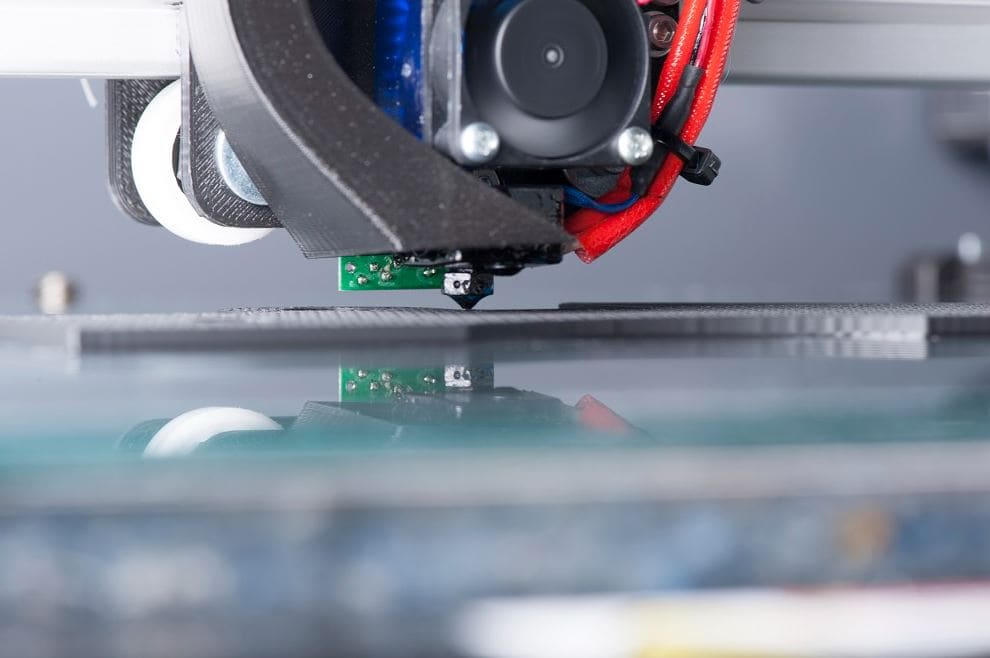Introduction
Advances in medicine are significant since they increase the chances of extending and saving lives. Medicine advancements change the way in which diseases are prevented, treated, or diagnosed. Moreover, technological innovations, such as 3D printing, have contributed to improvements in medicine. In particular, 3D printing is revolutionizing medicine by promoting drug personalization, encouraging research, and enhancing medicine functionality in the body by controlling the drug delivery system.
Drug Personalization
People use 3D printing to revolutionize medicine by enhancing the production of personalized drugs that deal with extreme side effects. For instance, 3D printing permits flexible processes that aid in designing filling percentages to control dosage (Zhu et al. 2020, p. 2). The technology ensures that drugs are designed in a way that meets the specific needs of particular individuals. Traditional processes limit drug parameters since they produce medicine in batches (Zhu et al. 2020, p. 2). In this case, traditional productions are concentrated on uniform size, shape, and type of release based on formulation. This approach limits medicine effectiveness since different people require contradicting specifications depending on their dietary habits, living environment, and heredity features. In turn, common pills might be effective for some individuals but ineffective for others. Besides, 3D printing promotes the production of medications depending on demand, enhancing drug suitability for every patient. Therefore, drug personalization proves how 3D printing is revolutionizing medicine.

Promoting Research
The 3D printing technology revolutionizes medicine by promoting research since it enhances biomaterial controls to stimulate drug testing. For instance, 3D printing creates highly versatile and reproducible tissue-based platforms by accurately positioning biomaterials with biomolecules and cells (Gao et al. 2021, p. 6). Various features associated with 3D printing promote drug screening and enable the designing of advanced pharmaceuticals. In this context, 3D printing ensures that researchers choose preferred biomaterials for building tissues with desired biochemical and biophysical properties (Gao et al. 2021, p. 6). Derived biomaterials correspond extensively to biochemical and biophysical constituents pertained in native tissues. In turn, researchers utilize models of 3D-printed body parts in testing drug toxicity. As a result, scientists use 3D printing for their research studies in medicine, which results in improvements.
Controlling Drug Functionality
The field of medicine uses 3D printing to regulate drug release in the body and control medication functionality. For example, 3D printing has facilitated the creation of complex and unique dosages (Bácskay et al. 2022, p. 1). It promotes the lithography of complex structures that stimulates drug absorption. Besides, 3D printing facilitates internal structure and shape adjustments by designing models, setting parameters, and selecting materials (Bácskay et al. 2022, p. 2). This feature is utilized in controlling the release time and rate of drugs, considering that it designs medicine shape, which affects the discharge curve. The technology aids in creating a customized profile that changes the pill’s surface area controlling the time of drug release and its strength. Moreover, it enables the combination of multiple drugs, which benefits patients with various medications. Hence, 3D printing enhances drug functionality by controlling release time and revolutionizing medicine.
Conclusion
The use of 3D printing revolutionizes medicine by improving drug functionality, encouraging research, and promoting drug personalization. This innovative technology aids in designing pills depending on the individual’s underlying conditions. Besides, it stimulates the creation of biomaterials for drug screening and testing. In turn, 3D printing promotes the lithography of complex structures, helping to control drug release time.
Reference List
Bácskay, I, Ujhelyi, Z, Fehér, P & Arany, P 2022, ‘The evolution of the 3D-printed drug delivery systems: A review’, Pharmaceutics, vol. 14, no. 7, viewed 13 July 2023, pp. 1-30, DOI: 10.3390/pharmaceutics14071312.
Gao, G, Ahn, M, Cho, WW, Kim, BS & Cho, DW 2021, ‘3D printing of pharmaceutical application: Drug screening and drug delivery’, Pharmaceutics, vol. 13, no. 9, pp. 1-35, viewed 13 July 2023, DOI: 10.3390/pharmaceutics13091373.
Zhu, X, Li, H, Huang, L, Zhang, M, Fan, W & Cui, L 2020, ‘3D printing promotes the development of drugs’, Biomedicine & Pharmacotherapy, vol. 131, pp. 1-6, viewed 13 July 2023, DOI: 10.1016/j.biopha.2020.110644.


